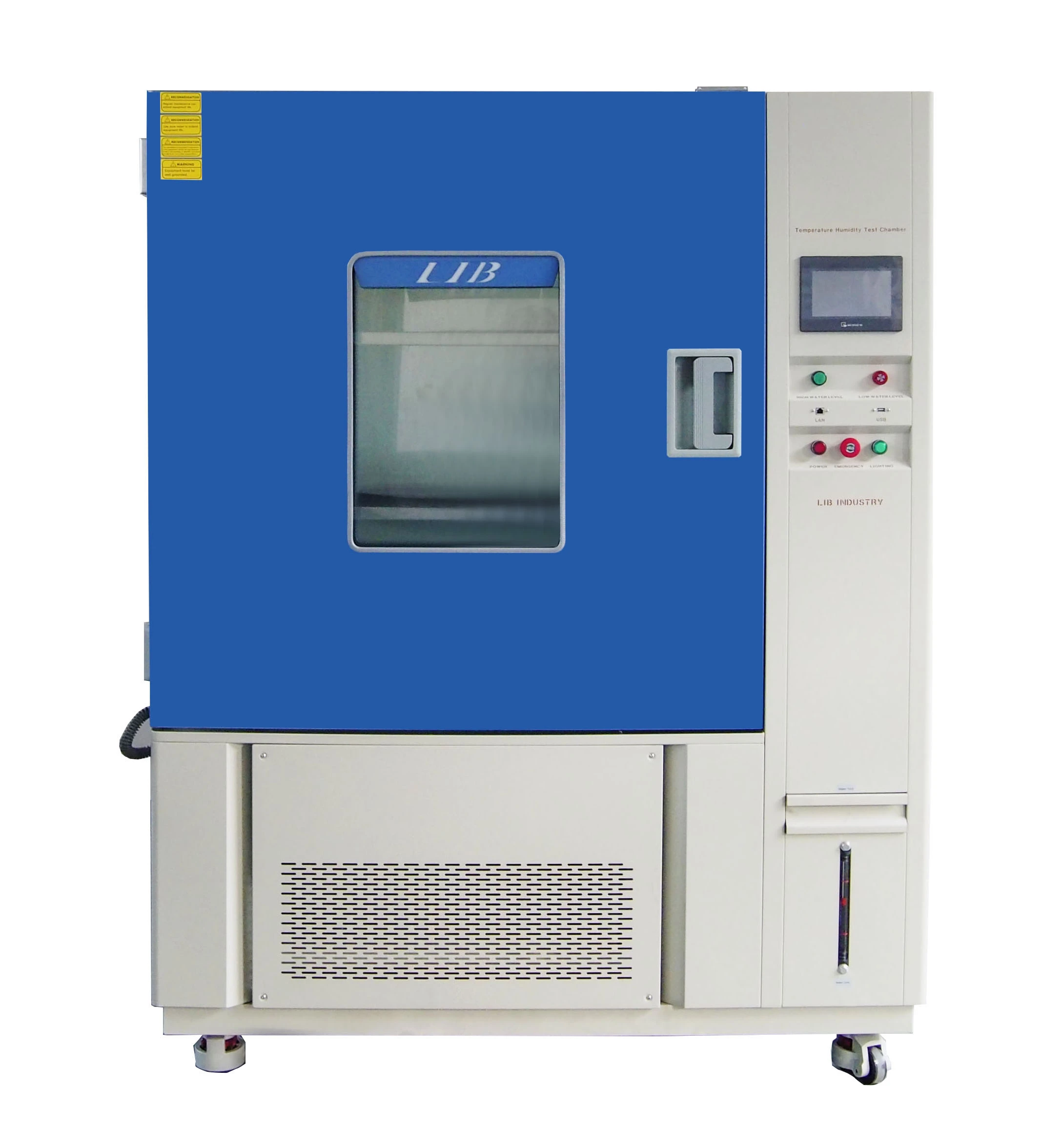

In the durability testing of rubber products, ozone aging and hot air aging are traditional testing methods. However, with the expansion of the application scenarios of rubber materials, especially in long-term outdoor exposure environments, the combined influence of light, humidity and temperature on material properties has become non-negligible.

The xenon fastness testers, capable of simulating natural sunlight and climate aging processes, are gradually being applied as supplementary testing methods in the rubber industry.
The xenon fastness tester simulates the sunlight exposure environment through full-spectrum xenon arc lamps and combines a temperature and humidity control system to reproduce the comprehensive aging process such as rain exposure, irradiation, condensation and drying. Compared with equipment that only tests ozone or heat effects, xenon fastness testers can simulate material aging processes that are closer to real outdoor environments.
This is particularly important for rubber products such as building waterproofing, automotive exterior trims, and cable sheaths that are exposed to the natural environment for a long time. For instance, non-vulcanized EPDM rubber is used in roof waterproofing membranes.
Although the use of xenon fastness testers in the rubber industry is not as widespread as that of ozone test chambers, several international standards have clearly pointed out the necessity of xenon lamp testing in specific rubber applications:
Applicable to non-vulcanized (unvulcanized) EPDM or neoprene (CR) sheet, primarily used for Roof waterproofing and flooding material (roof Flashing)
This standard covers three types of contamination: contact contamination, migration contamination and diffusion contamination. Some test procedures recommend accelerating the occurrence of contamination behavior through xenon lamp illumination, thereby more quickly determining the staining risk of rubber materials in actual use.
This is the standard method for evaluating the degree of deterioration of vulcanized rubber materials under artificial accelerated aging conditions. It is clearly pointed out that the ASTM G151 general light aging practice should be adopted and combined with specific xenon lamp exposure practices such as G155 for testing, in order to detect the physical property changes of rubber, such as tensile strength, elongation, color change, cracking, etc.
Detailed Implementation specification for weathering aging of xenon lamps, widely applicable for evaluating the weathering performance of materials such as plastics, rubbers, and coatings.
As a professional manufacturer of environmental testing equipment, the LIB xenon fastness tester has significant advantages in terms of light consistency, moisture and heat control, and flexibility of testing procedures.
Model | XL-S-750 |
Specimen Capacity | 42pcs |
Chamber Type | Rotating Holder |
Irradiation Source | 1 piece of 4500w water-cooled xenon arc lamp |
Irradiance Range | 35~150 W/㎡ |
Bandwidth Measurement | 300nm~400nm (340nm or 420nm) |
Chamber Temperature Range | Ambient ~ 100 ℃ ±2℃ |
Black Panel Temperature | BPT 35 ~ 85 ℃ ±2℃ |
Humidity Range | 50% ~ 98% RH |
Humidity Deviation | ± 5% RH |
Water Spray Cycle | 1~9999H59M (Adjustable) |
| |
Including:
High light source stability: It uses full-spectrum xenon arc lamps with a lifespan of up to 1600 hours, simulating real sunlight, including ultraviolet, visible light and infrared radiation.
Adjustable program: The test cycle can be customized (such as alternating light exposure/condensation), meeting the requirements of ASTM D750 or G155 for the aging program.
Multi-environment simulation: Integrating humidity regulation, spray, condensation and other modules to meet various complex climate aging requirements.
Combined with the requirements of standards such as ASTM D4811, D925, and D750, the LIB xenon fastness tester provides a professional and reliable solution for the light resistance and climate durability assessment of rubber products.
 English
English русский
русский français
français العربية
العربية Deutsch
Deutsch Español
Español



